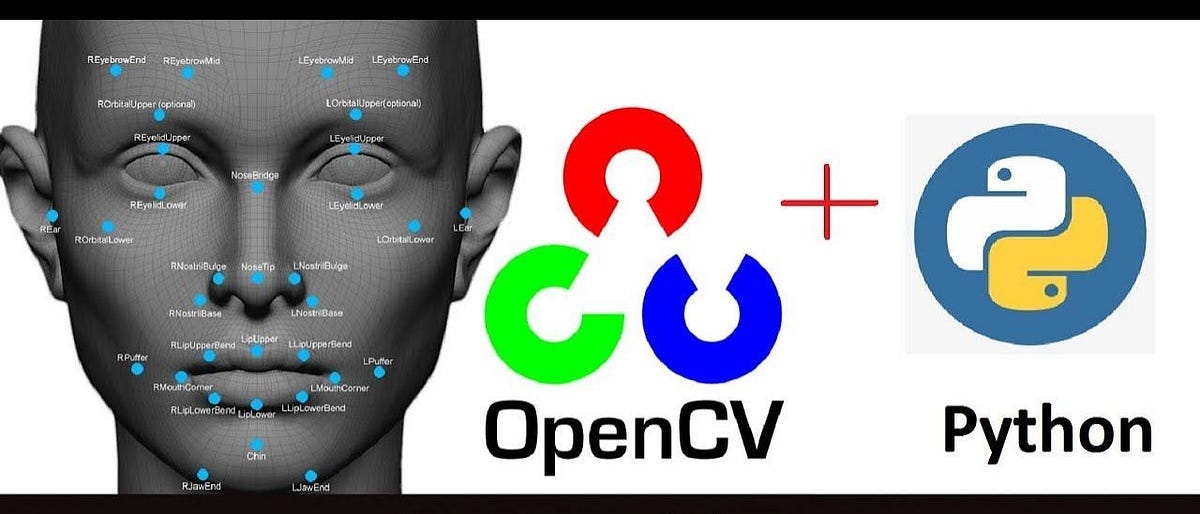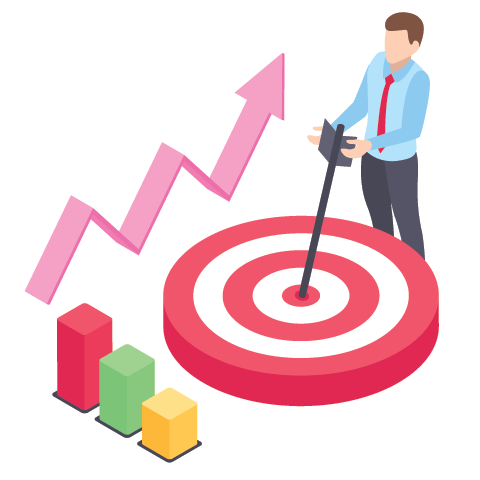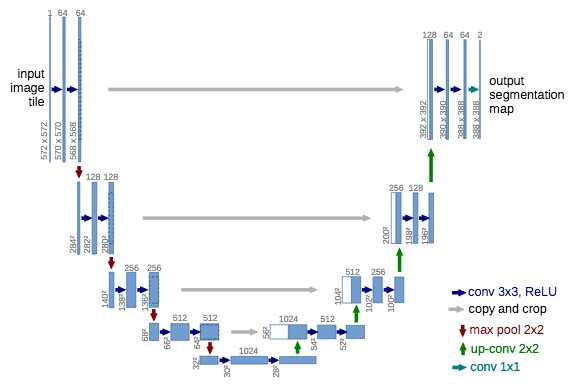
Learning OpenCV
OpenCV (Open Source Computer Vision Library) is an open source computer vision and machine learning software library. OpenCV was built to provide a common infrastructure for computer vision applications and to accelerate the use of machine perception in the commercial products. Being an Apache 2 licensed product, OpenCV makes it easy for businesses to utilize and modify the code. The library has more than 2500 optimized algorithms, which includes a comprehensive set of both classic and state-of-the-art computer vision and machine learning algorithms. These algorithms can be used to detect and recognize faces, identify objects, classify human actions in videos, track camera movements, track moving objects, extract 3D models of objects, produce 3D point clouds from stereo cameras, stitch images together to produce a high resolution image of an entire scene, find similar images from an image database, remove red eyes from images taken using flash, follow eye movements, recognize scenery and establish markers to overlay it with augmented reality, etc. OpenCV has more than 47 thousand people of user community and estimated number of downloads exceeding 18 million. The library is used extensively in companies, research groups and by governmental bodies.
Digitization
In Digital Image Processing, signals captured from the physical world need to be translated into digital form by “Digitization” Process. In order to become suitable for digital processing, an image function f(x,y) must be digitized both spatially and in amplitude. This digitization process involves two main processes called Sampling: Digitizing the co-ordinate value is called sampling. Quantization: Digitizing the amplitude value is called quantization
Start to "Digitization"
Convolution, Binarization & Halftoning
In image processing, a kernel, convolution matrix, or mask is a small matrix used for blurring, sharpening, embossing, edge detection, and more. This is done by performing a convolution between the kernel and an image. More simply, if each pixel in the output image is a function of the nearby pixels (including itself) in the input image, the kernel is that function..
Spatial Analysis
Image Geometry
Just use the existing models to inference.
We are going to learn how to use the work of the best researchers in the field by downloading and running very interesting models that have already been trained on open, large-scale datasets. The predefined models can be found in torchvision.models.
Start to learn AlexNet
Transfer Learning
Image Recognition
You will learn how to use template matching, mean-shift and cam-shift.
Start to Image Recognition
Learning JPEG
How does JPEG work?
Here is how we calculate image propertis in JPEG.
JPEG from Scratch
